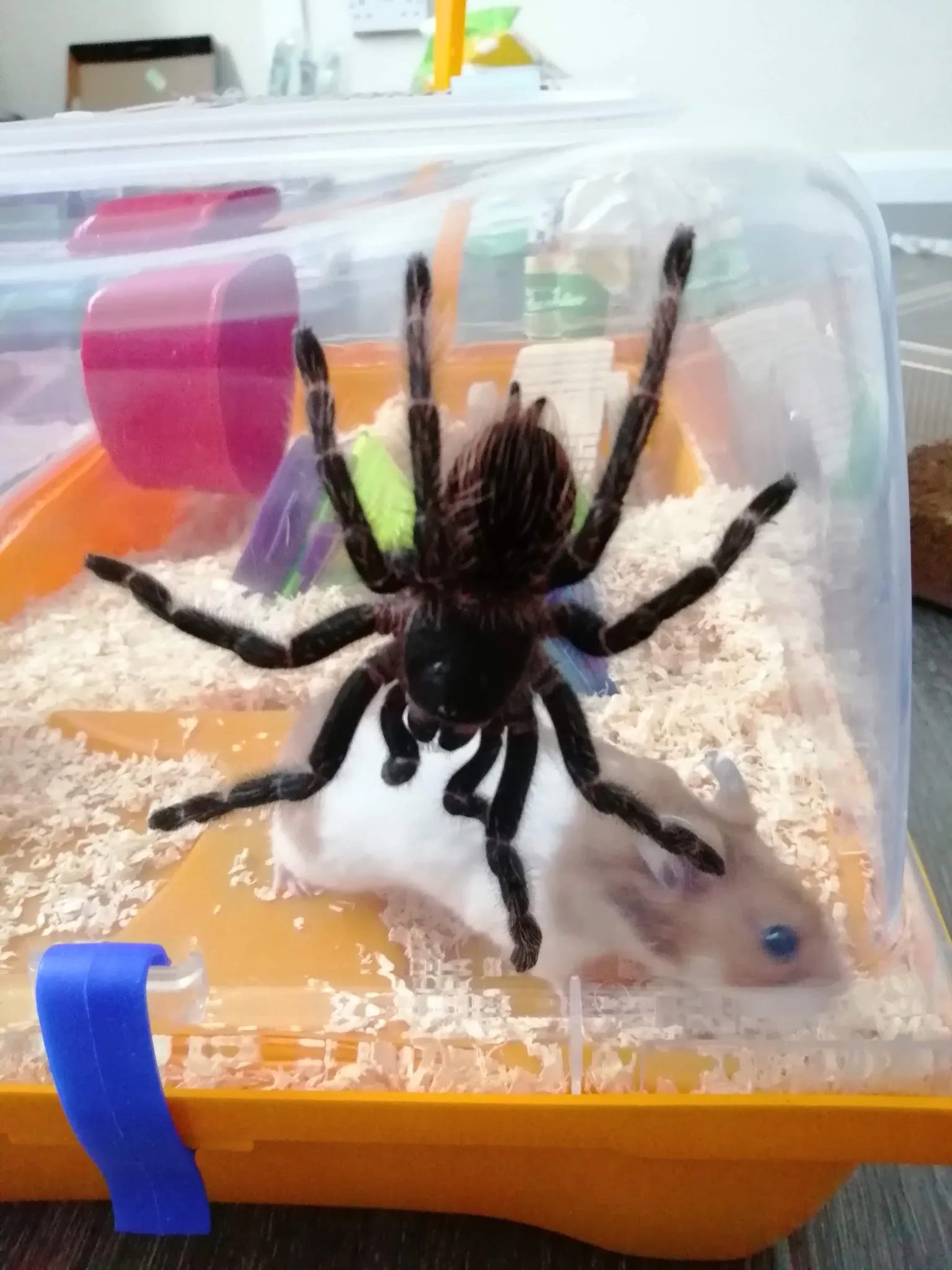The L Parahybana Tarantula: Introduction
The Lasiodora parahybana, often called the Brazilian salmon pink tarantula, is a captivating arachnid that has gained significant popularity among tarantula enthusiasts. Known for its impressive size, relatively docile temperament, and striking appearance, this species offers a unique and rewarding experience for both novice and experienced keepers. This article will delve into five fascinating facts about the L Parahybana, exploring its size and appearance, habitat, behavior, diet, and life cycle. We will examine what makes this tarantula so appealing and what potential owners should know before acquiring one. Get ready to explore the world of the Brazilian salmon pink tarantula and discover the wonders of this amazing creature. The aim is to provide a comprehensive overview, highlighting the key aspects that make this tarantula so intriguing.
Size and Appearance of the L Parahybana Tarantula
One of the most striking features of the L Parahybana is its impressive size. This tarantula is one of the largest species of tarantulas, with a leg span that can reach up to 10 inches or more. This large size alone makes it a fascinating creature. The sheer scale of the spider is often a source of wonder and fascination. Beyond the size, the appearance of the Brazilian salmon pink is equally captivating, with a blend of colors and patterns that add to its appeal. The combination of size and appearance makes the L Parahybana a true spectacle, setting it apart from many other tarantula species.
Size
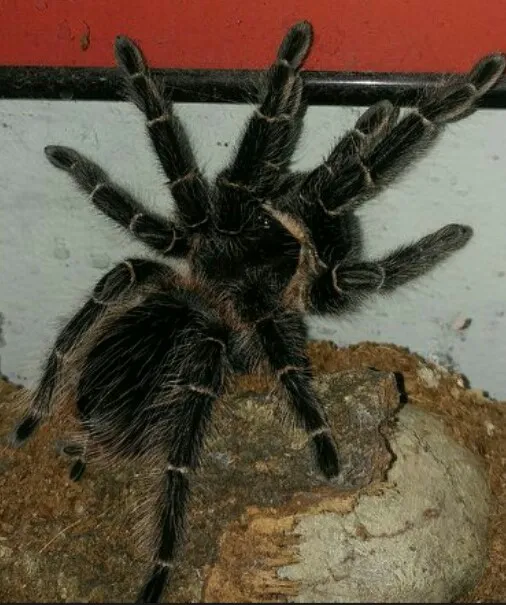
Adult females of the L Parahybana can reach impressive sizes. With leg spans frequently exceeding 8-10 inches, they are among the largest tarantula species. This considerable size contributes to their appeal as pets, as they offer a substantial presence in their enclosures. The size also makes them relatively easy to observe and appreciate. Their large size means they are easier to care for. The ability to house and feed them is much more convenient than other, smaller spiders, making them a good choice for those looking for a tarantula of substance.
Coloration and Markings
The Brazilian salmon pink is aptly named, owing to the distinctive pink or salmon-colored hairs that adorn its legs and carapace. This coloration contrasts beautifully with the darker base color of their body, creating a visually striking appearance. The combination of pink hues with the darker browns and blacks results in a tarantula that is both beautiful and fascinating. Their bodies often feature a mix of browns and blacks, creating a camouflage effect that enhances their overall aesthetic. This coloration is not only visually appealing, but also helps them blend in with their environment, and is a key part of their appeal to hobbyists.
Habitat and Distribution of the L Parahybana Tarantula
Understanding the natural habitat and distribution of the L Parahybana is essential for providing appropriate care in captivity. Knowing their native environment helps to replicate conditions that support their health and well-being. This knowledge allows keepers to create a suitable enclosure that mimics the spider’s natural surroundings. The specific geographic regions and environmental conditions where the tarantula lives in the wild offer clues as to how to best care for them in a captive setting. Recognizing the natural habitat is crucial to the health and happiness of the L Parahybana, and it is a key consideration for keepers.
Natural Habitat
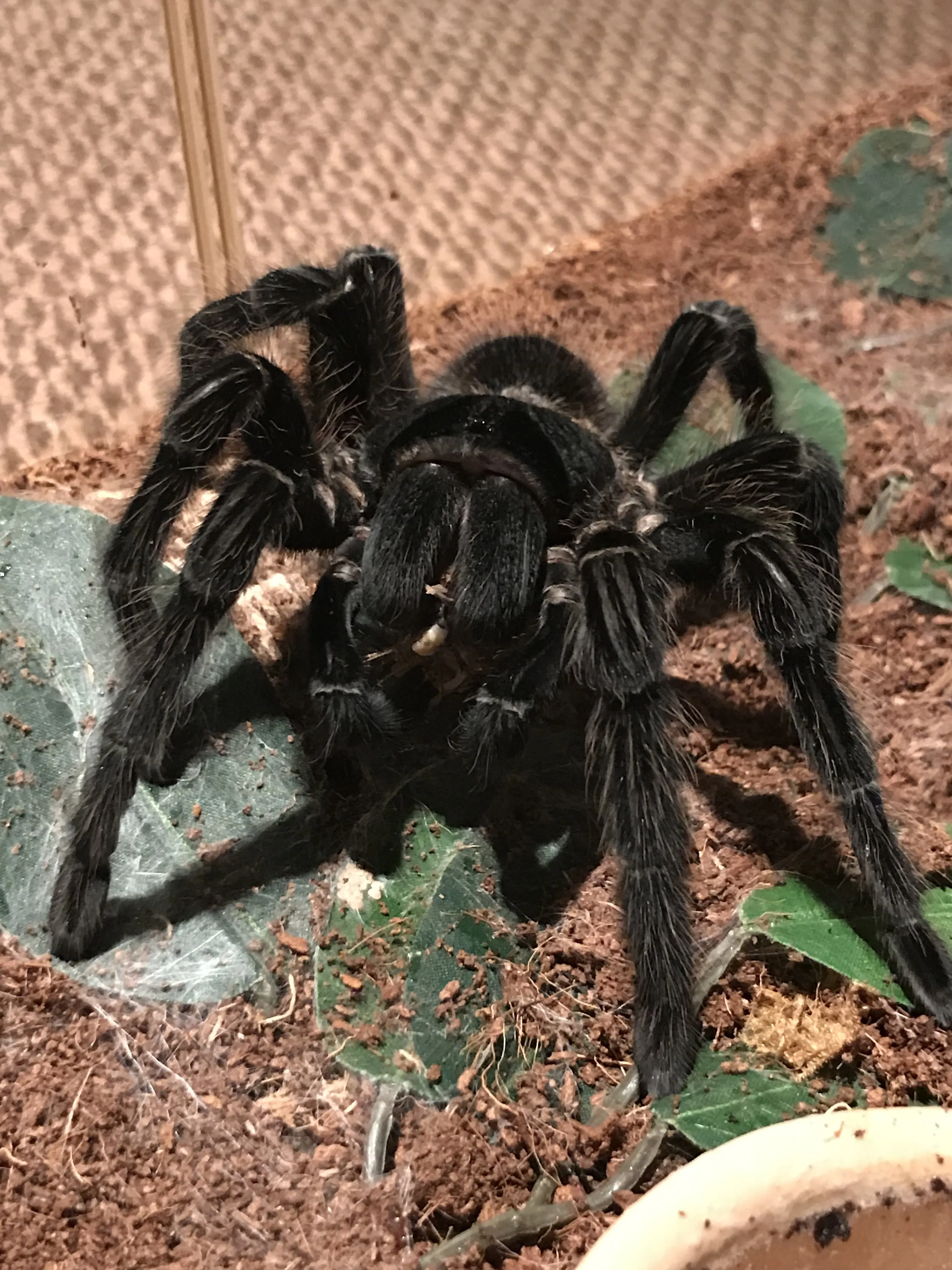
In the wild, the L Parahybana tarantula is native to the rainforests and scrublands of Brazil. They are ground-dwelling spiders, often found in burrows they create in the soil or under rocks and logs. These habitats are typically warm and humid, providing the ideal conditions for their survival and development. The natural habitat consists of areas rich in vegetation and organic matter, allowing for the presence of prey. Replicating this natural environment in captivity is important for their health and to satisfy their behavioral needs. This species will generally thrive in warm, moist, and well-ventilated environments.
Geographical Distribution
The L Parahybana is primarily found in Brazil, particularly in the regions of Paraíba, where they are abundant. Their presence is a natural aspect of these environments, influencing the local ecosystem and biodiversity. They thrive in these tropical environments, making them a fixture of the Brazilian landscape. Their presence in specific geographical regions allows for a deeper understanding of the species’ natural behaviors, habitats, and environmental needs. The understanding of their geographical distribution helps to inform conservation efforts and promote responsible pet ownership.
Behavior and Temperament of the L Parahybana Tarantula
The behavior and temperament of the L Parahybana are significant aspects that influence their suitability as pets. Their interactions with their environment and keepers, along with their defensive strategies, help create a better understanding of how to care for them. Assessing their temperament and behavior is essential for ensuring their well-being and the safety of their keepers. Knowing how the tarantula will react in certain situations provides insight into how to properly handle the species. The relatively docile nature of this species, combined with certain defense mechanisms, contributes to their popularity. Learning about their behavior and temperament is essential for those considering keeping one.
Temperament
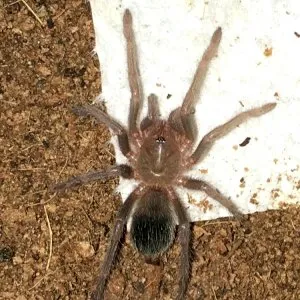
The L Parahybana is generally regarded as a docile tarantula species, making it a suitable choice for both novice and experienced keepers. They are not typically aggressive. While they may exhibit skittish behavior, they are less likely to display aggressive tendencies, such as biting. Their relatively gentle nature contributes to their popularity as pets, as they are easier to handle and observe. However, like all tarantulas, they should be handled with care, as they can still bite if they feel threatened or if mishandled. A calm and measured approach is usually adequate when interacting with them, making them a joy to keep.
Defensive Behaviors
Although they are generally docile, the L Parahybana will exhibit defensive behaviors when threatened. This species may flick urticating hairs from its abdomen as a defense mechanism, which can cause skin irritation. The tarantulas may also adopt a threat posture, rearing up on their hind legs and showing their fangs. While bites are uncommon, they can occur if the tarantula feels cornered or provoked. Therefore, it is important to handle them with care and avoid sudden movements or any actions that might be perceived as threatening. The more that is known about the species’ behavior, the less chance of injury or discomfort for the owner.
Diet and Feeding Habits of the L Parahybana Tarantula
Understanding the diet and feeding habits of the L Parahybana is essential for ensuring they receive adequate nutrition and remain healthy. Their feeding habits include the type of prey they consume and how often they need to be fed. They are opportunistic predators, and their diet reflects this behavior. Providing a balanced diet is critical to the spider’s health and longevity. The proper diet enables keepers to provide appropriate care and promote the well-being of the L Parahybana. Knowledge about their diet is a fundamental aspect of responsible tarantula ownership, guaranteeing optimal health.
Feeding Frequency
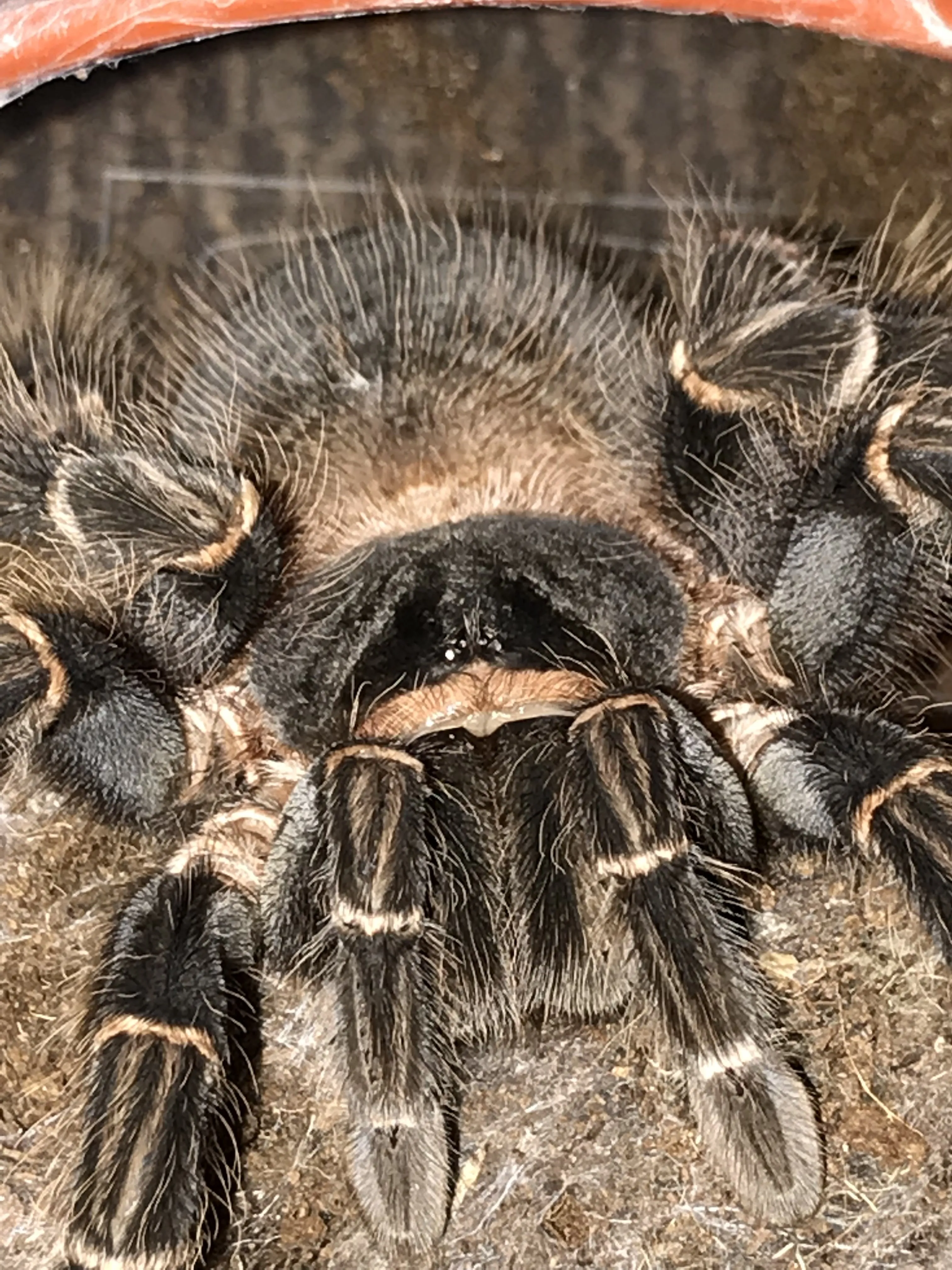
The feeding frequency of the L Parahybana depends on its age and size. Spiderlings and juvenile tarantulas need to be fed more frequently, generally two to three times per week. As they grow older and larger, the feeding frequency can be reduced to once or twice a week. Adults can often be fed once a week or even less frequently, depending on their appetite and the size of their prey. Monitoring the tarantula’s abdomen size is a good indicator of whether it is well-fed; a plump abdomen usually indicates a well-fed tarantula. The frequency of feeding is an important consideration when caring for them.
Prey Selection
The L Parahybana is an opportunistic predator and readily accepts a variety of prey items in captivity. Crickets, mealworms, and cockroaches are common choices, providing a balanced source of nutrients. They also benefit from an occasional treat of pinkie mice, particularly adult tarantulas. It’s essential to ensure that the prey items are appropriately sized, never exceeding the size of the tarantula’s abdomen. Variety in the diet will contribute to their overall health and well-being. Proper food selection is critical to the tarantula’s health and provides a balanced, nutritional diet.
Lifespan and Life Cycle of the L Parahybana Tarantula
The lifespan and life cycle of the L Parahybana are important aspects to understand, as they influence the long-term care and expectations of keeping this species. The life cycle of the tarantula involves several stages, including molting, growth, and reproduction. Providing appropriate care based on these factors is essential for ensuring their well-being. Understanding these factors ensures the keeper can provide optimum care. The lifespan can vary based on sex and other environmental factors, and it is something a responsible owner should understand.
Lifespan
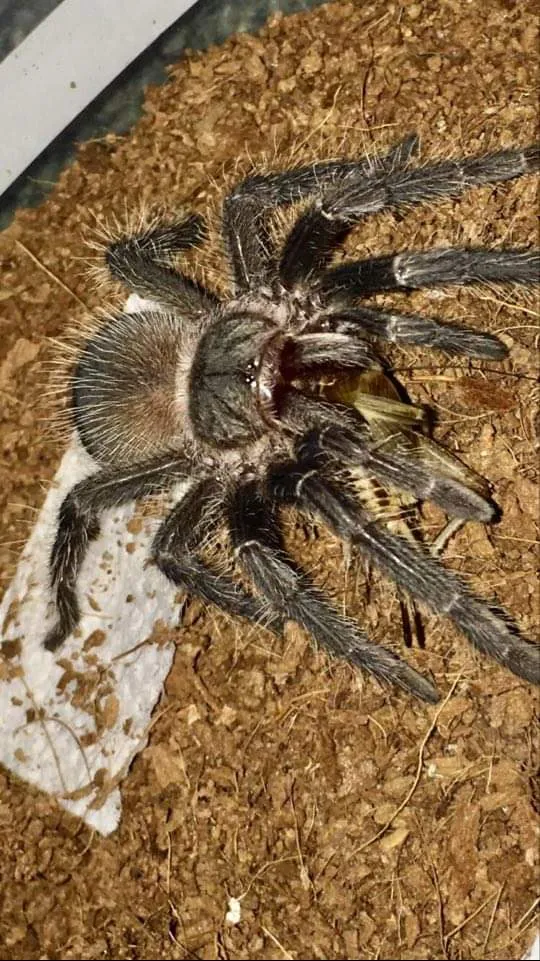
The lifespan of the L Parahybana varies between the sexes. Females generally live much longer than males, often surviving for 15 to 20 years or even longer. Males, however, typically live for only 2 to 5 years after reaching maturity. This difference in lifespan is a key factor to consider when deciding to keep a tarantula. The longer lifespan of the females makes them a more significant long-term commitment. The overall lifespan can be influenced by factors like diet, environment, and the quality of care provided, underlining the need for attentive care and a suitable habitat to support a long and healthy life.
Molting Process
Molting is a fundamental part of the tarantula’s life cycle, enabling it to grow and renew its exoskeleton. The molting process is when the tarantula sheds its outer layer. This allows it to increase in size, regenerate lost limbs, and rid itself of parasites. During molting, the tarantula becomes vulnerable, and it is important to ensure a stable environment and avoid disturbing it. The molting frequency decreases as the tarantula ages; spiderlings molt frequently, while adults may molt only once or twice a year. The molting process is a fascinating aspect of their biology, and it is essential to understand it to provide adequate care.
Conclusion
The L Parahybana tarantula is an exceptional species, making it a captivating pet for many. Its large size, striking appearance, relatively docile temperament, and fascinating behaviors all contribute to its popularity. By understanding its habitat, diet, behavior, and life cycle, keepers can create the optimal environment for their health and well-being. From their impressive size and beautiful coloration to their manageable temperament and intriguing molting process, the L Parahybana offers a unique glimpse into the world of arachnids. With proper care and handling, this tarantula can bring joy and fascination to any enthusiast. The Brazilian salmon pink tarantula is a magnificent creature, and the more that is known about it, the more rewarding it can be to own one.
